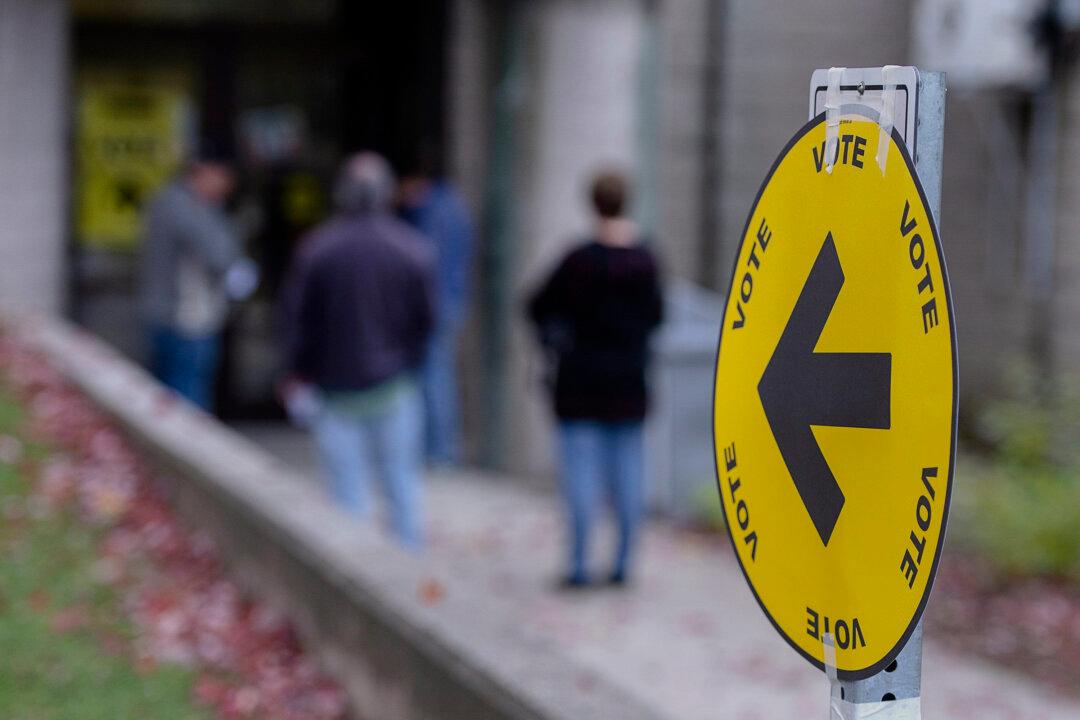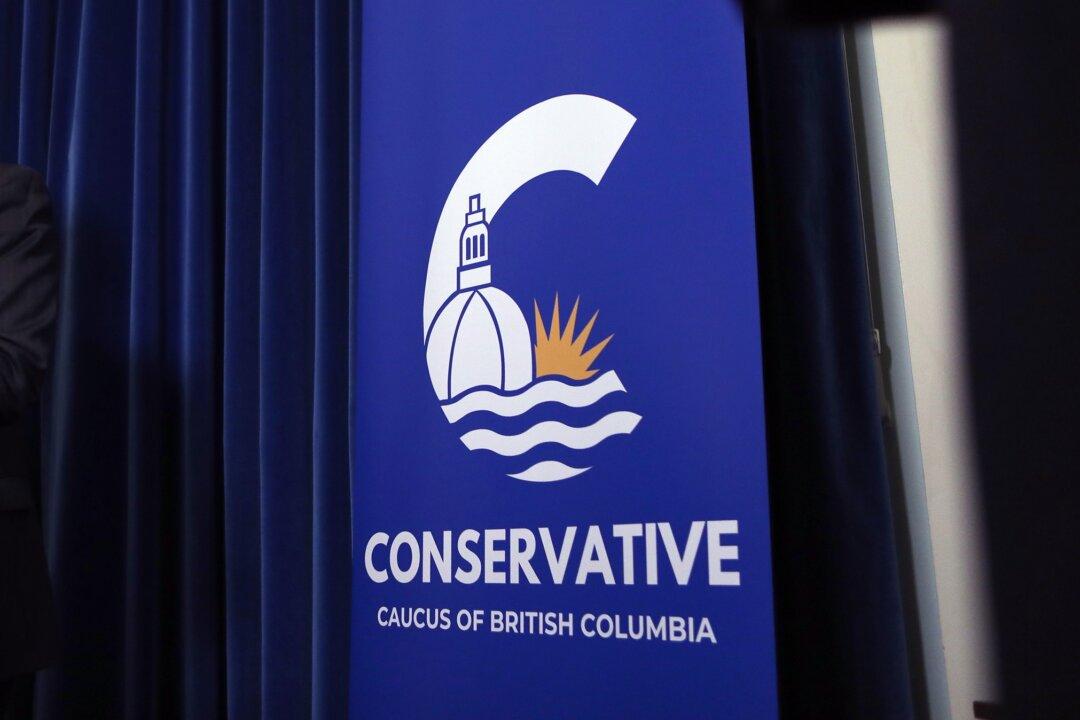A culture of fear develops when everything is an emergency and danger lurks around every corner. To watch a full newscast these days is to immerse oneself in stories of violence, anarchy, and a plethora of unseen viral and climatic dangers. The trend is harming our collective psyche and will create a generation of introverts afraid to leave the safety of their homes if it continues.
But there’s good news: If a person steps back and looks at the details of a story, they will see that the hazards to themselves are minute. We live in one of the safest places on earth during the safest period in human history. The chances of the asteroid you heard about hitting the planet are slimmer than those of winning the lottery, and your odds of being assaulted on the street are exceedingly unlikely. However, you wouldn’t know it to listen to some media outlets, activists, and politicians who can’t help but keep the fear machine going.
Fear is a strong motivator. It’s hard to raise funds for an environmental cause when telling somebody, “The earth’s temperature may rise a degree in the next 50 years due to emissions.” When an activist describes a looming “heat dome” or “atmospheric river” that may kill seniors in their homes or cause flash flooding, putting their children at risk on the way to school, the wallets of donors open. Fear becomes a tool for unprincipled ideologues to garner public support for their cause.
Politicians constantly use fear when campaigning. When a campaigner promises to protect people from a foreign invasion from a distant, hostile land, the votes come their way. A politician campaigning on law and order is motivated to highlight every violent crime, while one promising to fight climate change will paint every weather event as extreme. Small protests are described as budding, violent revolutions, and fringe groups on every side of the political spectrum are presented as potential risks to us all. The real risks are minimal, but the political benefits of exaggerating those risks are real.
Media has always been in the business of reporting the negative. The term “if it bleeds, it leads” has been used for over a century. The eyes of readers and viewers are instinctively drawn toward sensational, dangerous, and frightening stories. In today’s hypercompetitive and financially challenged media world, reporters and writers are being trained, even if unconsciously, to find shocking or fearful stories to draw the attention of the public. When clicks and views are so easily measured, it becomes clear that fear provides the low-hanging fruit of garnering traffic.
Weather reports used to be about as dull and innocuous as it gets. That’s why meteorologists used to be such colourful characters in themselves—they needed to be interesting to add flair to the segment. Now though, fear is the more common tool used. Weather maps are coloured in deep, dangerous reds implying fiery, perilous heatwaves even when reporting on typical weather conditions. Periods of rain, cold, or heat are chillingly referred to as “weather events” and the most dangerous of potential scenarios are painted.
A short period of temperatures a little above normal in Ontario recently led to ominous, fearful reporting for a week. Stories abounded of the hazards for seniors, the risk of fires, and even tied into social justice and wealth inequity, as one media outlet wrote on how renters were at a higher risk of “heat death” than homeowners. The few days of heat came and went with little consequence.
The City of Calgary has declared a state of emergency due to a broken water line, while Niagara declared a state of emergency over an eclipse, all of which set the bar low.
The COVID-19 pandemic was the granddaddy of fear events. The world wrapped itself into a state of emergency coupled with the most fearful and negative reporting ever seen. With the benefit of hindsight, we can see that while the virus was harmful, the number of people permanently harmed was tiny. The fear caused much more societal damage than COVID itself ever could.
Summer is here, and there is little to be afraid of. We should embrace the good things and not allow baseless fear to creep into our lives. Don’t worry about the bird flu and focus on the one man who died of it. Try to remember that 8 billion people didn’t die of it. Don’t fear the heat, just prepare for it with a sunhat and cold drinks as you always used to.
Get out and enjoy life, and be sure to click on those good news stories now and then. It encourages the writers to stay optimistic. Fear has its place, but we can’t let it dominate our lives. The culture of fear can be avoided if we try.







